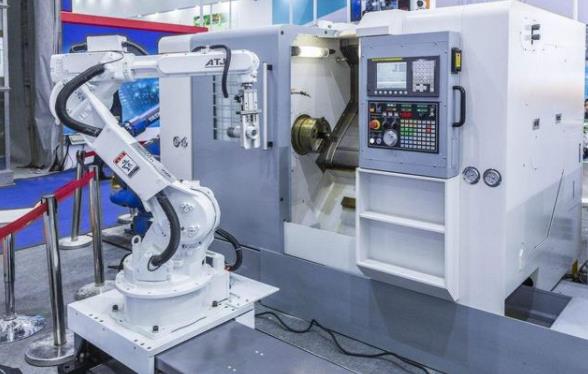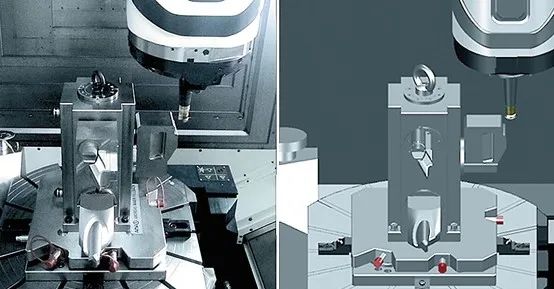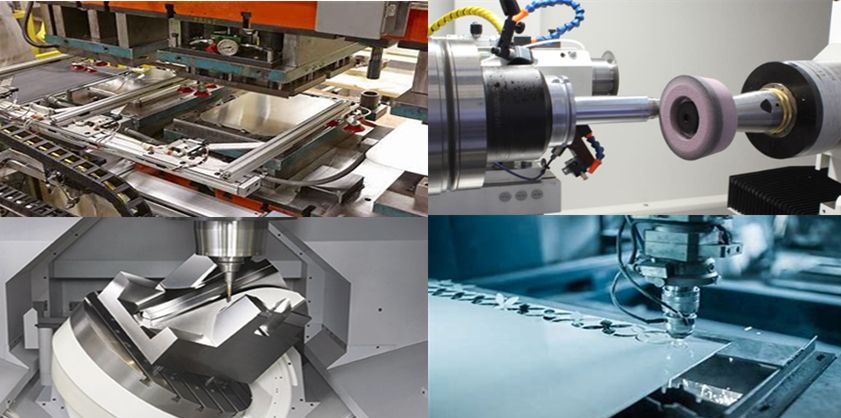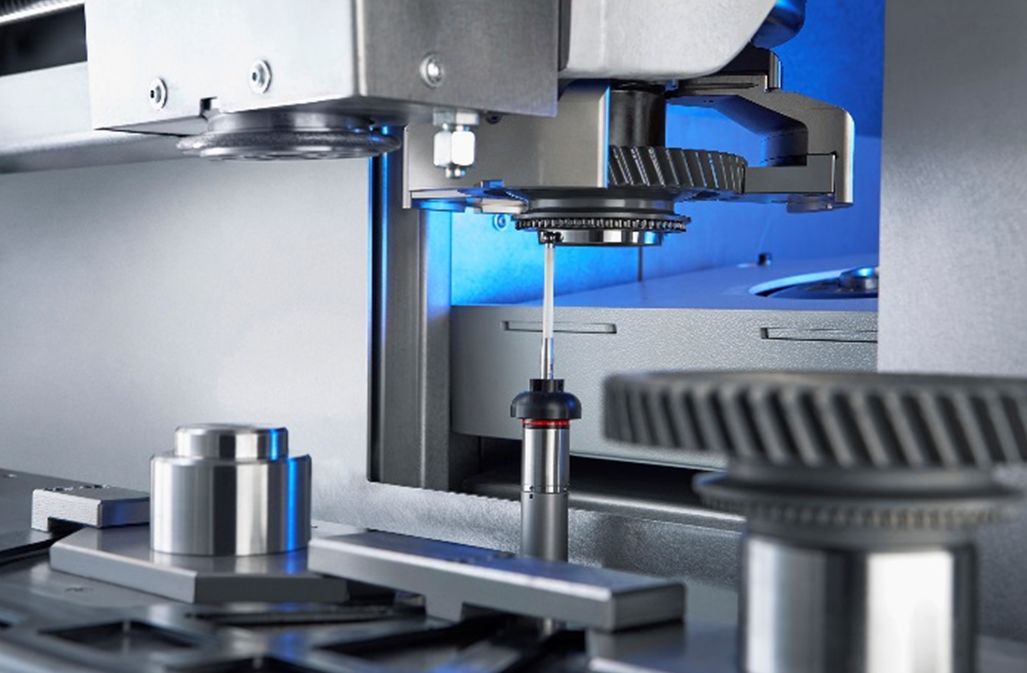Compression Molding vs. Injection Molding: Key Differences Explained
In the world of manufacturing, molding processes play a pivotal role in shaping plastics, composites, and rubber into functional products. Two widely used techniques—compression molding and injection molding—often spark curiosity due to their overlapping applications. While both methods create durable parts, they differ significantly in process mechanics, material compatibility, cost, and suitability for specific applications. Let’s break down their differences.

What is Compression Molding?
Compression molding involves placing a preheated material (usually a thermosetting polymer or composite) into an open, heated mold cavity. The mold is then closed under high pressure, forcing the material to flow and conform to the mold’s shape. Heat and pressure are maintained until the material cures or solidifies.
Key Features:
Materials: Ideal for thermosets (e.g., phenolic resins, silicone) and fiber-reinforced composites.Process: Low-to-moderate pressure (1000–3000 psi), slower cycle times.
Tooling: Simpler, less expensive molds compared to injection molding.
Applications: Large, relatively simple parts like automotive panels, electrical housings, or silicone rubber components.

What is Injection Molding?
Injection molding melts thermoplastic or thermoset materials and injects them at high pressure into a closed mold. The molten material fills the cavity, cools, and solidifies into the desired shape. The mold then opens to eject the part.
Key Features:
Materials: Primarily thermoplastics (e.g., ABS, polypropylene) but some thermosets.
Process: High pressure (10,000–30,000 psi), fast cycle times (seconds to minutes).
Tooling: Complex, precision molds with cooling channels; higher upfront costs.
Applications: High-volume, intricate parts like bottle caps, medical devices, or consumer electronics.

Critical Differences Between the Two Methods
Material Compatibility
Compression: Best for thermosets and composites that require curing.
Injection: Dominated by thermoplastics that melt and solidify repeatedly.
Production Speed
Compression: Slower due to manual loading and curing time.
Injection: Rapid, automated cycles suit mass production.
Part Complexity
Compression: Limited to simpler geometries with minimal undercuts.
Injection: Excels at complex, detailed designs with tight tolerances.
Cost Structure
Compression: Lower tooling costs, ideal for small batches or large parts.
Injection: High initial mold costs but lower per-unit costs for large volumes.
Waste and Precision
Compression: Minimal material waste but less dimensional consistency.
Injection: Higher precision, but excess material (e.g., sprues) may require recycling.

Which Method Should You Choose?
Choose compression molding if you’re working with thermosets, producing large or thick-walled parts, or prioritizing low tooling costs for limited runs.
Opt for injection molding for high-volume production of intricate thermoplastic parts requiring speed, repeatability, and fine details.
Both processes have distinct advantages, and the choice ultimately depends on material requirements, part design, budget, and production scale. By understanding their differences, manufacturers can optimize efficiency, quality, and cost-effectiveness for their specific projects.